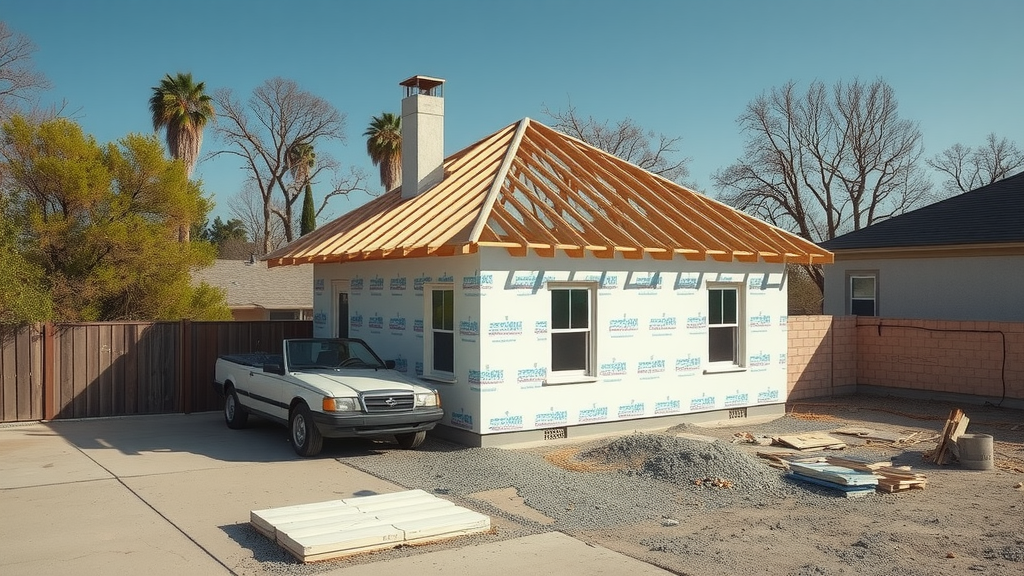How to declare bankruptcies in Canada?
bankruptcies in Canada, declare bankruptcies in Canada, Manitoba
In Canada, filing for bankruptcy is a step that involves working with a Licensed Insolvency Trustee, who checks your income, assets, and debts to see if it’s the right path or if a consumer proposal suits you better. They handle paperwork that halts creditor actions, so no more surprise pay cuts. Reach out via phone, text, or live chat if you have any questions. Not all trustees can be trusted.

Navigating the bankruptcy process with a Licensed Insolvency Trustee
Bankruptcies In Canada Question
How to declare bankruptcies in Canada?
I’ve been reading about bankruptcy and feel really confused. I need a clear
From: Anonymous Question
Location: Winnipeg, Manitoba (MB)
Category: personal bankruptcy
Bankruptcies In Canada Answer
To go bankrupt in Canada, you’ll first need to chat with a Licensed Insolvency Trustee — they’re the superstars who can officially help you through this process. Your LIT will take a close look at your financial picture, like your income, what you own, and what you owe. This is to figure out if bankruptcy is really your best bet, or if maybe a consumer proposal could be a smarter move. Once that’s sorted, they’ll handle filing some key paperwork, like the Assignment for the Benefit of Creditors and Statement of Affairs. Filing these stops creditors from taking any further actions, so no more unexpected dings to your paycheck!
Trustees are compensated by lenders and creditors, so they don’t represent the interests of Canadians in debt. They may also charge additional fees or bill you twice. Be mindful! We’re here to help via phone, text, or live chat.
From: Insider Adam
High cost of gas, high cost of groceries, high lending rates, low salary - being in debt is not your fault! See if you qualify for government debt programs and get out of debt today!Elimiate up to 80% of Your Debt
Office of the Superintendent of Bankruptcy (OSB) Answer
To declare bankruptcy in Canada, follow these steps:
Obtain the services of a licensed insolvency trustee (LIT). An LIT is required to oversee the bankruptcy process, as outlined in the Bankruptcy and Insolvency Act (RSC 1985, c 11, Section 49).
Provide the LIT with a detailed list of your assets, liabilities, income, and expenses.
The LIT will assess your financial situation and explain your options, which may include a consumer proposal or bankruptcy.
If you proceed with bankruptcy, the LIT will prepare and file the necessary documentation with the Office of the Superintendent of Bankruptcy (OSB).
Attend a meeting of creditors, if called, as required under the regulations (C.R.C., c. 369, Section 13).
Complete any required financial counselling sessions as stipulated in the regulations (C.R.C., c. 368, Section 6).
Once all requirements are fulfilled, you will receive a discharge from bankruptcy, which releases you from most debts. The process and grounds for discharge are detailed in the Bankruptcy and Insolvency Act (RSC 1985, c 11, Section 168).
It is essential to consult the specific sections of the Bankruptcy and Insolvency Act and the related regulations for detailed legal language and requirements.
From: OSB Helper
Related Questions to Declare Bankruptcies In Canada
Here are the top 5 most frequently asked questions related to declaring personal bankruptcy in Canada, formatted in markdown:
1. Who is eligible to file for personal bankruptcy?
You must owe at least $1,000 and be unable to pay your debts as they become due[2].
2. How long does personal bankruptcy last?
Bankruptcy typically lasts for nine months for first-time bankruptcies, but can extend to 21 months if you have surplus income, and longer for subsequent bankruptcies[2].
3. What debts can be discharged through personal bankruptcy?
Most unsecured debts, such as credit card debt, personal loans, and CRA taxes, may be discharged, but student loans and child/spousal support are not[2].
4. Do I still have to pay child/spousal support if I declare bankruptcy?
Yes, individuals owing child or spousal support are still responsible for making these payments[2].
5. What are the alternatives to personal bankruptcy?
Alternatives include Consumer Proposals and informal debt settlements, which allow negotiation with creditors to manage debts outside the formal bankruptcy process[2].
If you have a question about debt see our debt questions or ask your own debt related question.
References
| Title, Source |
|---|
| Bankruptcy Basics in Canada, Government of Canada |
| Understanding Consumer Proposals, Credit Canada |
| Find a Trustee, Office of the Superintendent of Bankruptcy |
| Bankruptcy and Insolvency Act (R.S.C., 1985, c. B-3), Government of Canada |
Table of article references
Eliminate up to 80% of Your Debt
High cost of gas, high cost of groceries, high lending rates, low salary - being in debt is not your fault! See if you qualify for government debt programs and get out of debt today!